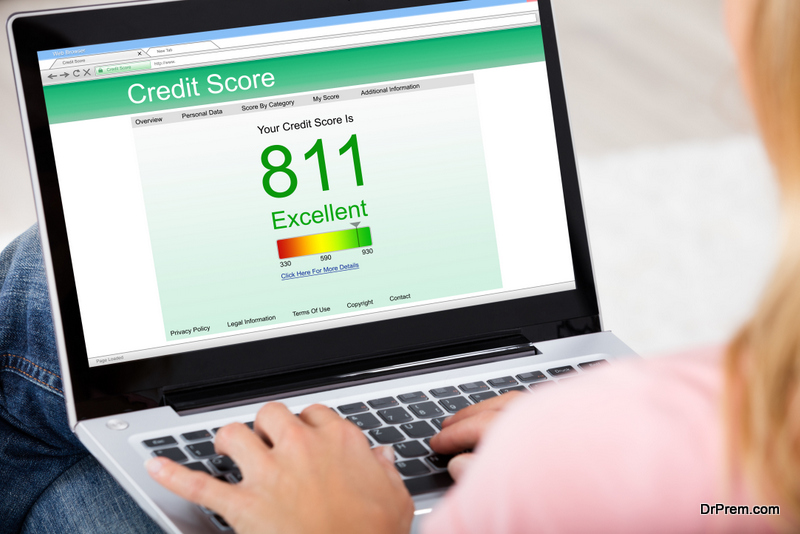If your credit has taken a hit, know that it doesn’t have to be forever. Furthermore, there are steps you can take to improve your credit and qualify for an affordable car loan though you have bad credit. Click here for Oakville car loans for bad credit.
1. Get Control of Your Finances

credit reporting
If you are late making payments, it will be reported to the credit reporting bureaus and hurt your credit score. Many people know that being late on their credit card payments or car payment hurts their credit. However, a fair number don’t realize that being late on other bills hurts their credit score, as well. Get control of your finances. Pay your rent, your utilities, your insurance payments and credit card payments on time. This can save you money, too, by eliminating the late fees you’re paying.
2. Review Your Credit Report
Your credit score is an aggregate score based on your credit report. Take the time to review your credit report. You may find that you’ve been a victim of identity theft, and someone else racking up debt in your name is pulling your credit score down. Or you’ve forgotten about a credit card with an annual fee that’s now past due. Contacting the creditor, paying the balance and closing the account will prevent the problem from reoccurring. Creditors can make mistakes, too. For example, they may list a closed account as active and past due. Or they may list a debt twice on the report, worsening your debt to income ratio. In a few cases, they report you as the person who owes the debt when it is really an ex or another family member.
3. Save Up a Down Payment

pay on a car loan
The interest rate you will pay on a car loan is based on the perceived risk lenders think they are taking. One way to reduce that perceived risk is improving your credit as we discussed above. The other is reducing the actual risk they’re taking in the size of the loan you take out. The solution here is to save up a larger down payment when you buy a replacement car. Wait and put 10% down on the new car instead of seeking a 0% down loan. Note that you need to pay all taxes, fees and other expenses up front, too, to see these savings. The lower the loan balance, the better.
You can also reduce the risk by reducing the size of the loan and associated car payment. For example you could buy a one or two year old used car instead of a brand new vehicle, since the cheaper vehicle comes with a lower loan balance. Don’t take out the extended warranty or pay for unnecessary secondary insurance products that add to your monthly payment without providing any real value.
If you can save $50 or $150 on the monthly payment, the percentage of your monthly income servicing that debt is reduced. This makes the car payment more affordable, relatively speaking, and reduces the interest rate you’d pay.
At the same time, you should do everything possible to pay off your current vehicle instead of rolling the so-called negative equity into the new car loan.
4. Contact a Lender Who Won’t Punish You for Your Bad Credit
Another strategy is working with lenders who specialize in clients with bad credit, since they won’t charge you an arm and a leg in addition to your car payment. They can offer flexible loan terms, too, that ensure you won’t struggle to pay the car payment and possible take a hit to your credit if money gets tight.
Article Submitted By Community Writer




